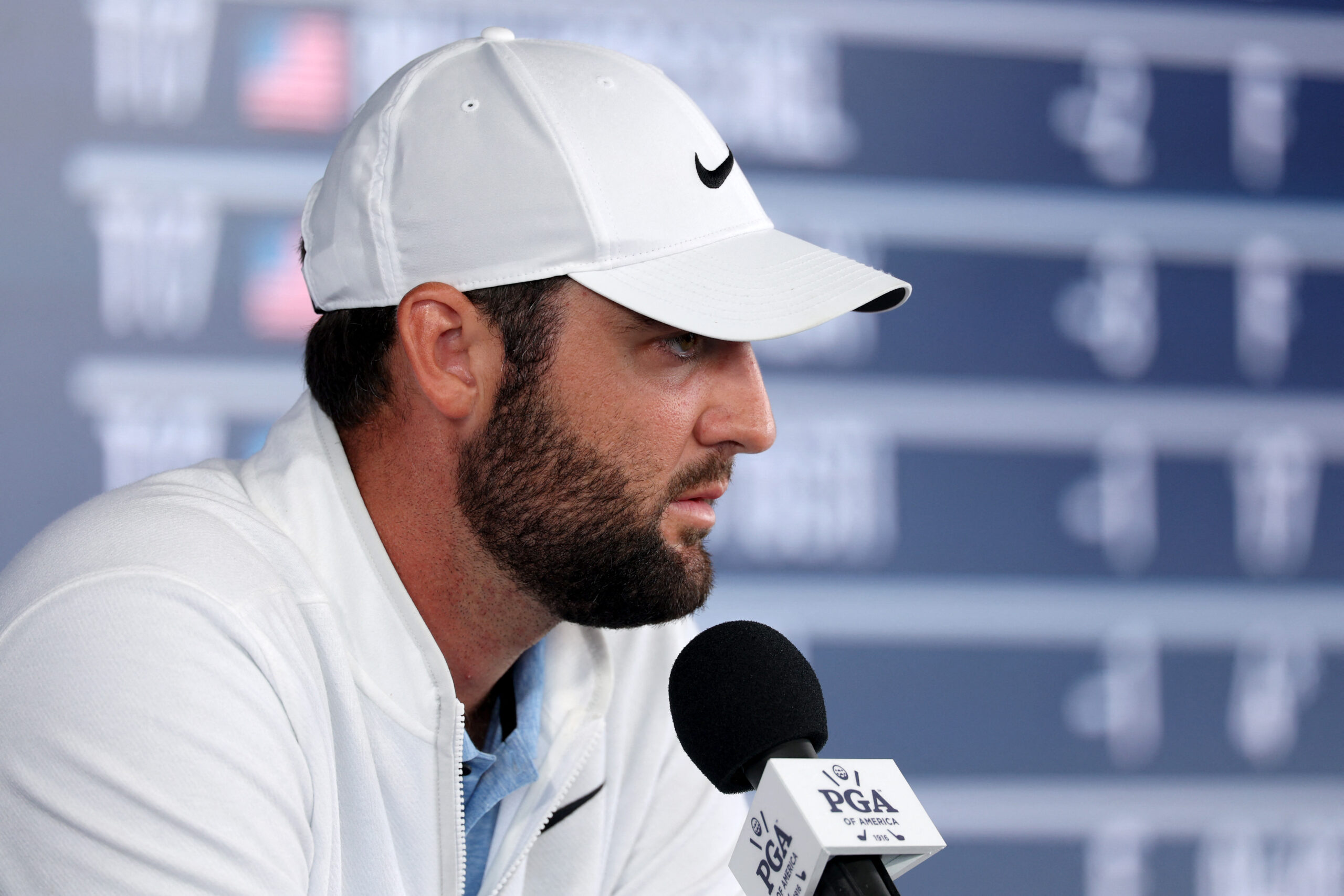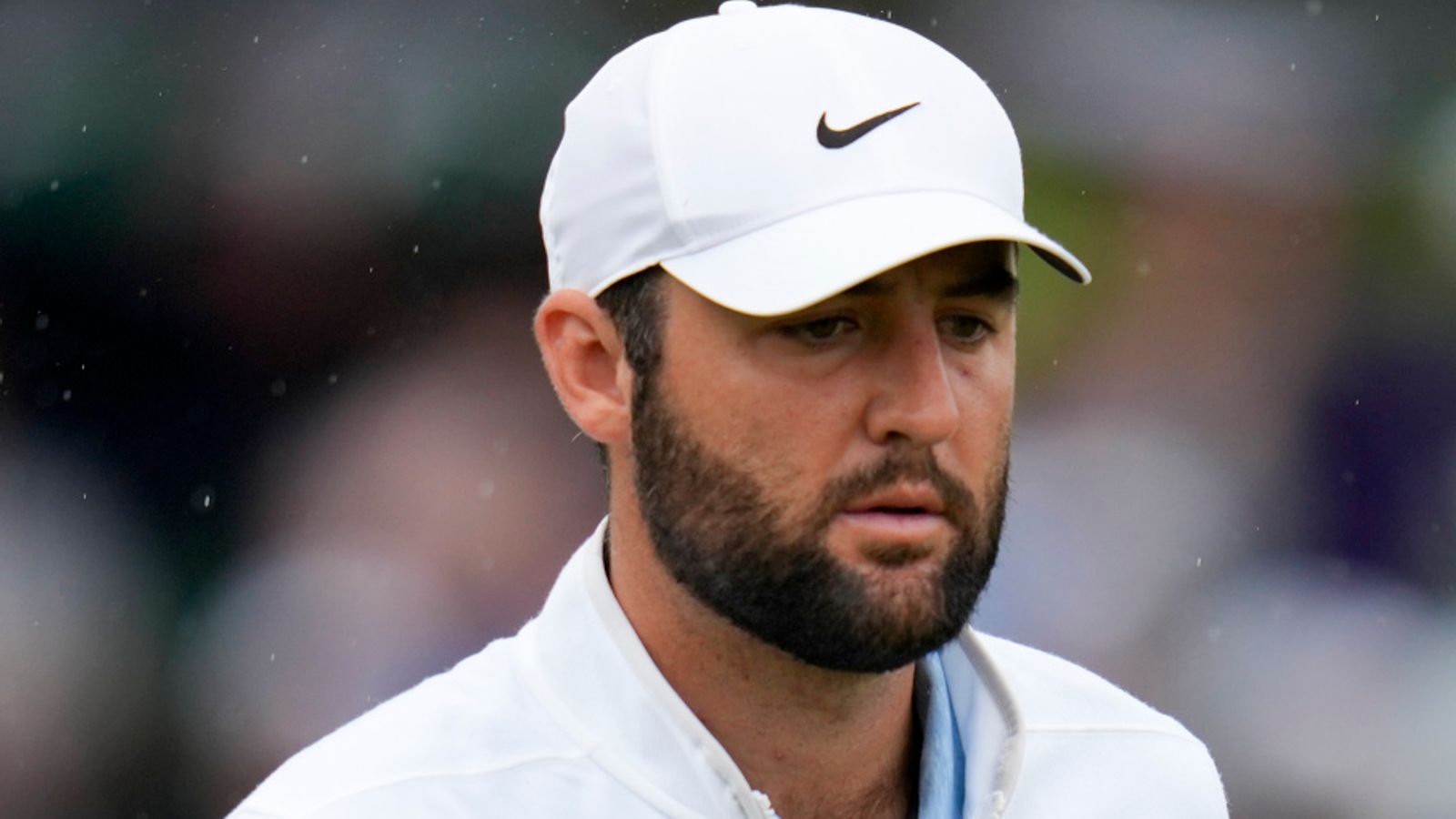
Inside the Ring: Behind-the-Scenes of Hollywood’s Best Boxing Films
Jody
- 0
Boxing has long been a popular subject in Hollywood films, with memorable classics like “Rocky” and “Raging Bull” captivating audiences with their intense fight scenes and emotional storylines. But what goes on behind the scenes of these cinematic masterpieces? What kind of training and preparation do actors go through to realistically portray the physical and mental challenges of being a boxer?
To get a glimpse into the world of boxing films, we spoke to some industry insiders who have worked on some of Hollywood’s best boxing movies. From trainers to actors to filmmakers, they shared their experiences and insights on the hard work and dedication required to bring these films to life.
One key aspect of creating an authentic boxing film is the training that actors undergo to prepare for their roles. Ricki Williams, a veteran boxing trainer who has worked on several films, including “The Fighter” and “Southpaw,” explained that actors typically train for several months leading up to filming. This involves not only physical conditioning and learning boxing techniques, but also immersing themselves in the mindset of a professional fighter.
“The actors I work with must be willing to commit fully to the training process,” Williams said. “They have to be willing to push themselves to their limits and truly understand what it takes to be a boxer.”
Williams also emphasized the importance of authenticity in the fight scenes, noting that many actors are capable of performing their own stunts and choreography. This adds a level of realism to the films and allows viewers to feel the intensity of the fights on screen.
For actor Jake Gyllenhaal, who starred in “Southpaw” as a troubled boxer seeking redemption, the physical transformation required for the role was a challenging but rewarding experience.
“I had to train for months to get in shape and learn how to move like a real boxer,” Gyllenhaal said. “It was grueling work, but it helped me connect with the character on a deeper level.”
Director Martin Scorsese, known for his critically acclaimed boxing film “Raging Bull,” also spoke about the importance of authenticity in portraying the sport on screen.
“We wanted to capture the raw energy and emotion of boxing in a way that felt real to audiences,” Scorsese said. “That meant working closely with our actors and trainers to ensure that every punch, every movement, felt authentic.”
In addition to the physical demands of portraying a boxer, there are also emotional challenges that actors must face in these roles. Boxer-turned-actor Mickey Rourke, who starred in “The Wrestler” and “Homeboy,” spoke about the mental toll of playing a fighter on screen.
“Playing a boxer is not just about looking tough and throwing punches,” Rourke said. “It’s about tapping into the emotional journey of a fighter, the pain and the struggle that they go through both inside and outside the ring.”
Ultimately, the success of a boxing film hinges on the dedication and talent of everyone involved, from the actors to the trainers to the directors. By immersing themselves in the world of boxing and committing to the physical and emotional challenges of the sport, these filmmakers are able to create powerful and compelling stories that resonate with audiences around the world.
So the next time you watch a boxing film, take a moment to appreciate the hard work and dedication that went into creating those intense fight scenes and emotional performances. Behind every knockout punch and victory in the ring is a team of talented individuals who have poured their hearts and souls into bringing the world of boxing to life on the big screen.


